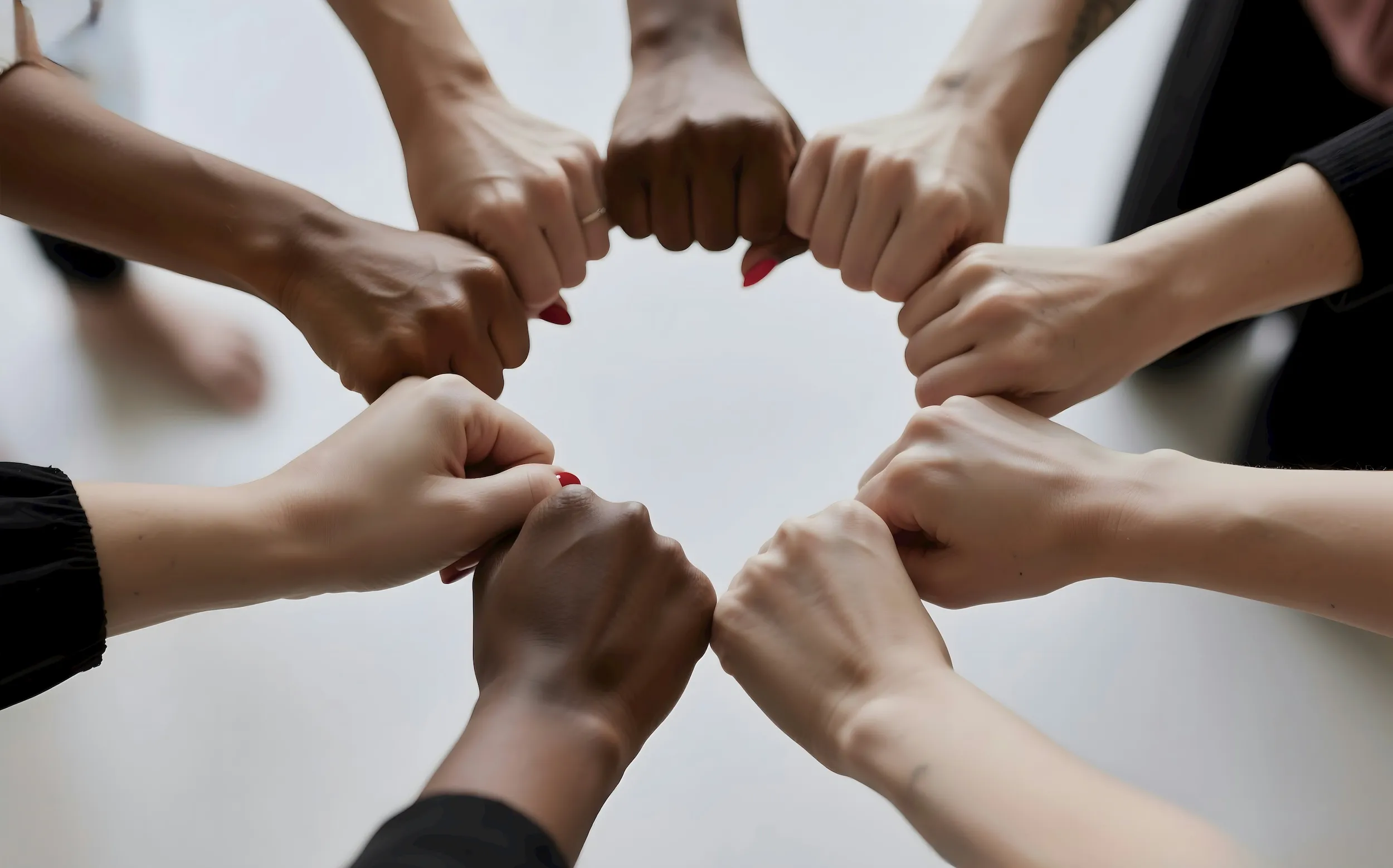Keeping People at the Center
Life is full of complex problems. As we each face these challenges, we can either keep the problem itself, or the people being affected by the problem, at the center. At SOAR, we often engage complex issues, and we work intentionally to keep people at the center through adopting a Human-Centered Design methodology. This framework includes three basic phases, repeated through several iterations.

Life is full of complex problems. As we each face these challenges, we can either keep the problem itself, or the people being affected by the problem, at the center. At SOAR, we often engage complex issues, and we work intentionally to keep people at the center through adopting a Human-Centered Design methodology. This framework includes three basic phases, repeated through several iterations.
- Inspire (Explore, Empathize, Understand). This first step is about connecting with a variety of stakeholders, listening to understand their perspective, asking relevant questions, and learning with humility and an open mind. This can include interviews with experts, facilitated group discussions, site visits, and conversations with end users/beneficiaries to discover who the people affected are and what their resources, needs, and perspectives are.
- Ideate (Research, Prototype, Collaborate). Information that was collected is now organized and evaluated. Brainstorming sessions are held and ideas generated. Gaps are identified and further research conducted. An initial prototype is developed.
- Implement (Test, Build, Evaluate). Ideas are now put into action and prototypes are tested. Failures are encountered quickly and used as an opportunity to learn, revise, and try again.
This cycle then undergoes several iterations. Once a prototype is implemented, feedback is gathered and the inspire, ideate, and implement processes are repeated. Eventually, a result is reached. Throughout the process and result, people are kept at the center.
So, how does this work practically? See two examples of what I've seen happen when using Human-Centered Design with our clients:
Case Study 1: Gatesway Foundation
Gatesway serves adults with intellectual disabilities (called “Friends”) through housing, care, and employment support. Our team has supported Gatesway through several human-centered initiatives, one of which was supporting a significant transformation of the organization’s employment programs.
We used the Human-Centered Design framework to evaluate Gatesway’s vocational programming. A learning phase included visiting the employment opportunities, working alongside Friends and talking to them and their job coaches. We conducted a survey, interviewing each Friend at Gatesway regarding their vocational experience and goals. We also analyzed the business opportunity and profitability of each business segment, and we held several discussions with key stakeholders regarding how the program should proceed. The program has gone through several revisions over the past few years. Gatesway transitioned from a sheltered workshop model to focus on competitive employment in the community and the development of key community/business partners. Recently, Gatesway launched and is testing a new business in the community to hire Friends, and conversations are continuing with partners to establish additional opportunities.
Case Study 2: Georgia Radio Reading Service (GaRRS)
GaRRS provides services to the blind and low vision community in Georgia. Traditionally, this has been through broadcasting reading programs. However, GaRRS recognized the need to update their programming and worked with our team to run a Needs Assessment among their target audience. Using the Human-Centered Design framework, we gathered insights from across GaRRS’s team and stakeholders (inspire), developed strategic recommendations based on these insights (ideate), and created an Implementation Plan for GaRRS to integrate these recommendations (implement). One recommendation we are now helping to implement is recording podcasts. Through this project, we have worked with the GaRRS team to plan several podcasts – providing podcast art, descriptions, marketing guidelines, an implementation plan, and more – and to launch the first podcast, a discussion on the intersection of mental health and disability. These podcasts will be targeted to those living with different abilities but also to the wider population, raising awareness and providing encouragement. Throughout the implementation, we facilitated meetings with an advisory board of various community members to gain feedback on different parts of the process. This feedback will continue as podcasts are released.
Yes, in work and in life, keeping people at the center is important. Through these projects, I have come to appreciate the value of the people and the incredible giftedness and capabilities of people with so-called disabilities, all of whom have skills in certain areas that far surpass my own. While I am still learning to put this into practice, I have also found several of these principles to be valuable in day-to-day life and relationships. While I can assume what someone needs, stopping and asking questions and listening typically brings far greater benefits. Yes, life is full of complex problems, but also of complex and truly incredible people. Let us strive to keep people, not problems, at the center.
If you want to partner with a team ready to keep people, and not problems, at the center of your work, contact us today at info@soar.partners.
.svg)





